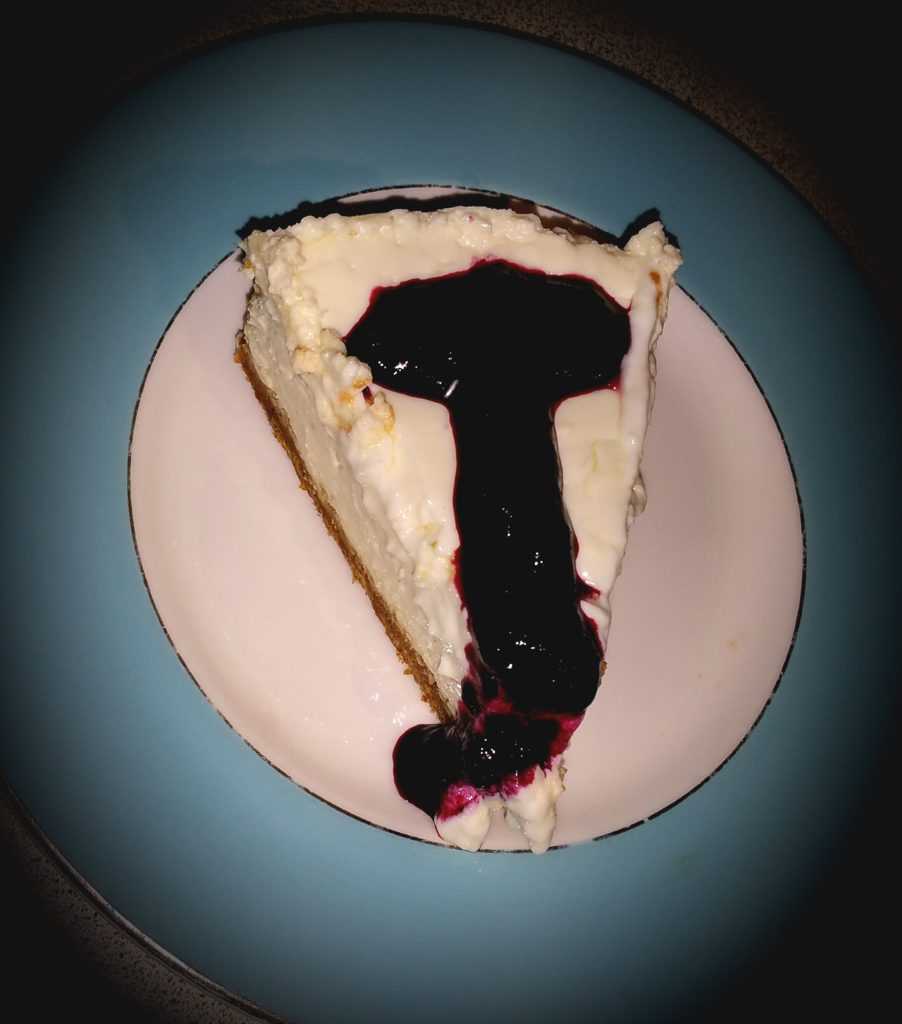How to Eat Out and Not Blow Your Diet
Site is currently under construction. Cleaning up after The Covid Wars. Working on longer form, less newsie writing. Thanks for visiting!
Originally published on September 12, 2024.
Last Updated on September 15, 2024. You’ve been working your diet plan, eating for success and staying the course through thick and thin (hopefully more thin, lol) for a while, and now the time has come to go out for a good meal. That is where I found myself today.
You’ve been working your diet plan, eating for success and staying the course through thick and thin (hopefully more thin, lol) for a while, and now the time has come to go out for a good meal. That is where I found myself today.
Results: I had a GREAT meal and a spectacular desert and stayed within my eating plan = all is well with my diet AND my brain. (I’ll explain more on this later.) For those wondering: Boston Pizza = great food!
This is how to do it.
- Decide where to go. I would suggest if you are new to calculating macros and calories that going to a restaurant with an online menu with nutrition values would be best. (Lets call this a ‘documented’ restaurant. lol.) Maybe later, when you’ve got a good feel for macros and what sort of calories are actually in real food, going out to an ‘undocumented’ restaurant will work.
- Plan your food. The trick here is to decide ahead of time what you are going to eat. Shop the menu carefully and be realistic. If yer going to have Nachos to start, be honest about it. Don’t try to say to yourself, ‘I’ll just nibble or I’ll just have 1 or 2.’ You won’t. You’ll eat 10. So decide now that you are going to eat 10 … with sour cream … and cheese … and yer gonna lick your fingers when done! Remember, you are going out to enjoy yourself and your food. Any resolve you have now is going to be reduced there. Plan for it.
- Calculate your macros and calories and see what you’ve got. If you are blowing over your whole day worth of values, you might have to switch out a few things. (ie. go with a Ceasar Salad instead of Deep Fried Mozzarella sticks for a starter, or a meat dish instead of Pasta Primavera with Garlic Bread.) You know what I mean.
- Build in a buffer. This is a carry over from other calculations that I’ve done in other areas of my life recently. (I’m currently building a solar power system for my cabin … when calculating the amount of power required, a buffer is used to cover errors and unforeseen eventualities.) Ya, I know were are talking food here not power, but the principle is good. When deciding on a buffer, I had no idea what to use to make this calculation, so I just pulled a completely arbitrary amount out of thin air = 10%. I took my calories (I didn’t bother with the macros as they were already a bit out of whack) and added 10% to the total. This amount covers things like ‘just one more’, inexact portion sizes, ‘tasting’ my wifes meal, ‘helping’ kids with their meals and general finger licking. lol. All the stuff that you will do when eating out. This is being realistic.
- Now calculate out the rest of your day around this meal. In my case I only had a few calories left to work with, so I planned a small Brunch and then booked our reservation for an early supper. I also tried to correct my Macros with this, but in the end my Macros were slightly off for the day, but my calories were good.
Desert!
For desert, we had a cheesecake at home that my wife had made from scratch and we have grape syrup that we made from our grapes harvested this year. So we planned our desert for at home. The big question was how to calculate the calories and macros.
This is how you calculate Calories and Macros for homemade food and recipes:
- Find a recipe calculator. You can do this by hand but it is way easier to use an on-line recipe calculator. I use this one: https://recipes.sparkpeople.com/recipe-calculator.asp This makes it really easy. Just enter all the ingredients and amounts and press calculate. The longhand way of doing it is to record the calories and macros for each ingredient and adding everything up and then dividing by weight or servings. I’ve done it a couple of times to verify the Sparkpeople.com calculations and came out very close to what they say, so I’m satisfied with the accuracy of their tool.
- Decide on serving size. You can do this by weight or by number of servings. In the case of our cheesecake, we used a round cheesecake pan and it was easy for us to cut into 8 slices. So for our calculations, we said 8 servings.
I use my Fitbit and their online website to calculate food intake and keep a log of my foods. It’s an amazing tool that works great for keeping track of food … I’ll do a post about it sometime. So this is what my evening out ended up looking like.
Now THAT is a shitload of calories … but still within my daily intake so all is well and I feel really good about how this went today. I’ll do this again next month. (I’m not going to make this too regular of a ‘thing’ … the reason why I have to rebuild my body is because I was way too free eating out for years. This is one of the habits that I’m breaking.)
Feeling Good!
Earlier I mentioned how this was good for my brain. Feeling good this evening is what I’m talking about. You know the ‘morning after’ blues … where you beat up on yourself for a binge or a food breakdown? Planning your evening and eating to plan allows you to totally avoid these feelings. One of the biggest issues for those who are losing weight is keeping on top of your brain. For many of us, the brain is what got us into trouble to begin with. Learning to actually enjoy food again without using it as a crutch for other issues is an important part of breaking bad eating (or drinking) habits. I’ve often read how people refer to the ‘morning after’ feelings as guilt. It was never guilt for me … it was far worse than that. I would say a more correct description is self-hate based on not being able to trust your own word to yourself … and then giving up on yourself. When you don’t trust yourself, your brain treats you like it would treat anyone else that it does not trust. This causes all sorts of self-loathing that encourages the binging and uncontrolled eating that is a big part of the problem to begin with. Whew – OK, that was a whole lot more amateur psychology than I intended … lol. I’m not sure there is any medical evidence for any of my speculation, but that is where I ended up after a whole lot of reflection and self-analysis. Your brain might be wired different.
So that is how to safely incorporate eating out into a fairly strict diet that you don’t want to blowup. Planning each step of the way makes the process easy. No thinking, or wondering or ‘being tempted’ … just follow the plan you’ve laid out for yourself. Easy.

